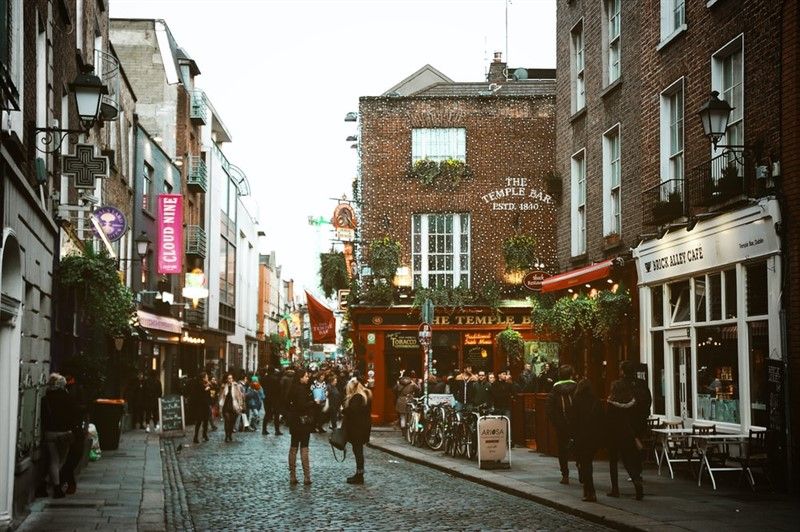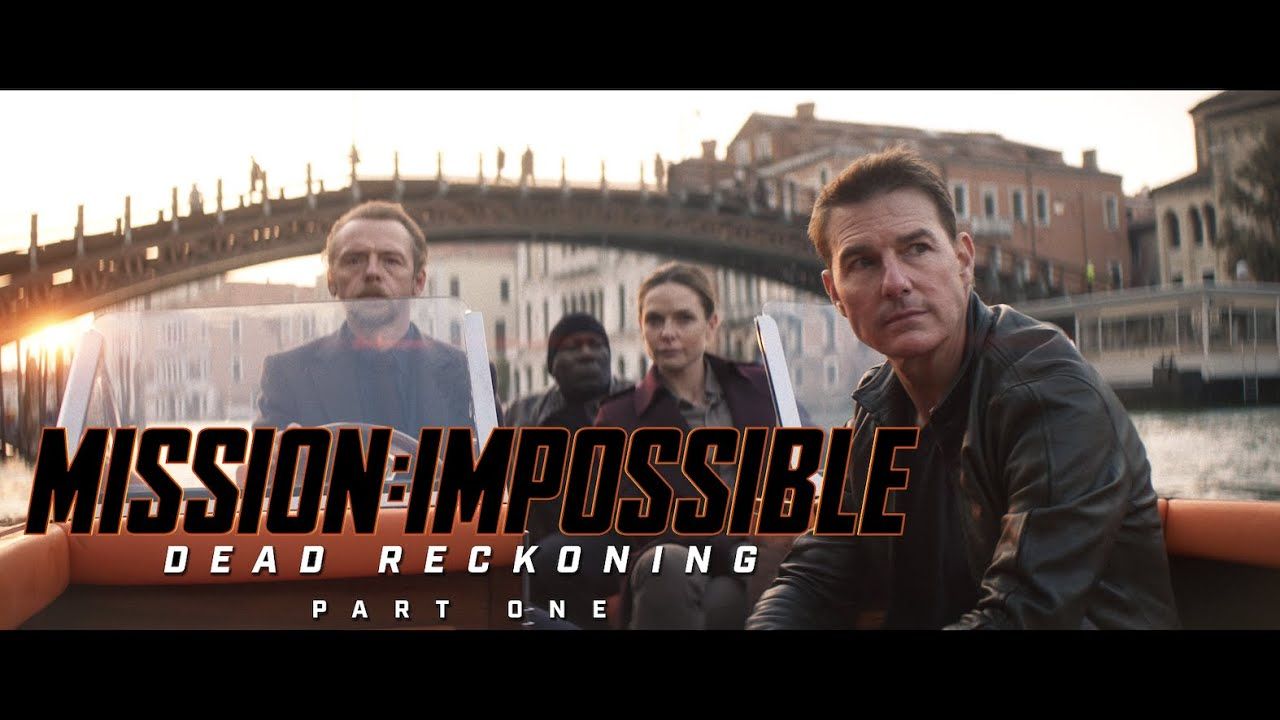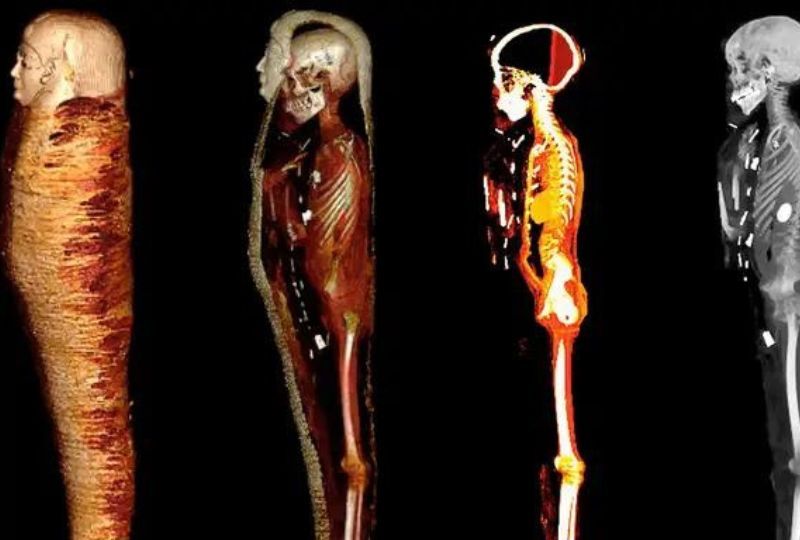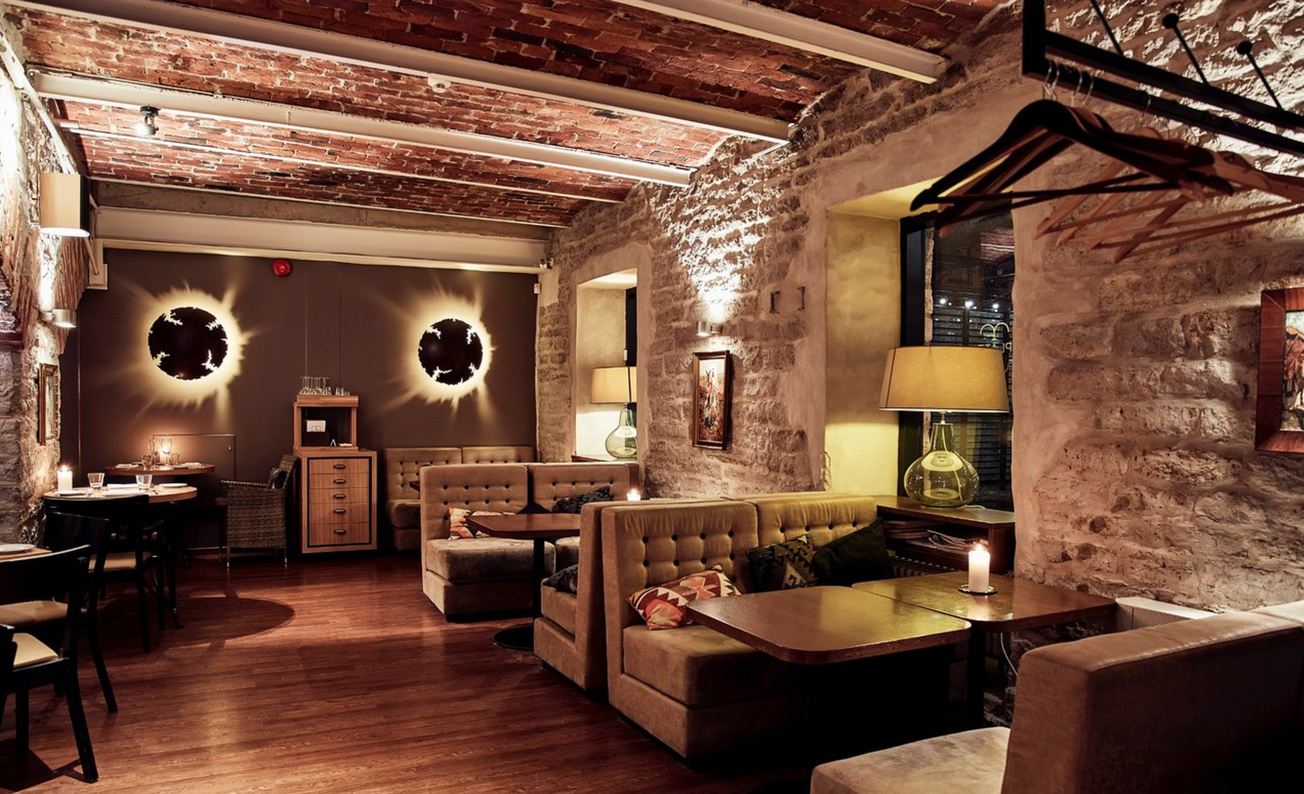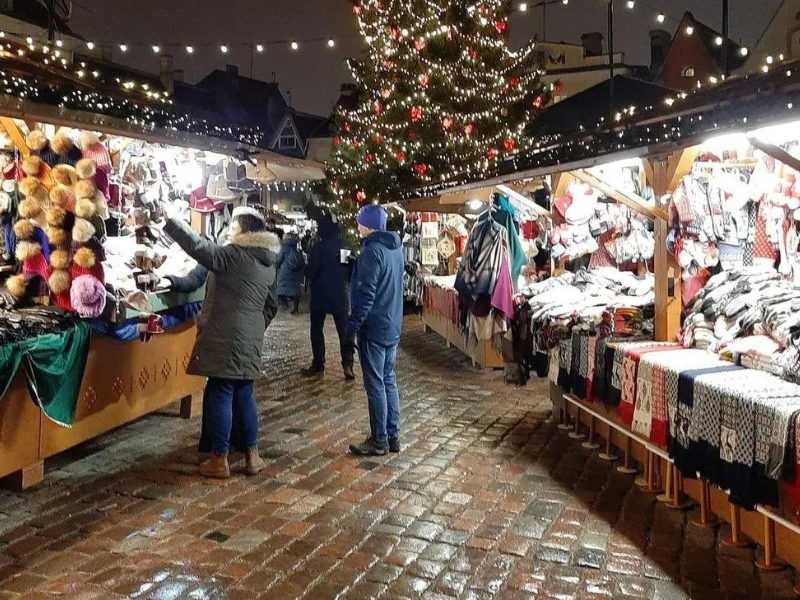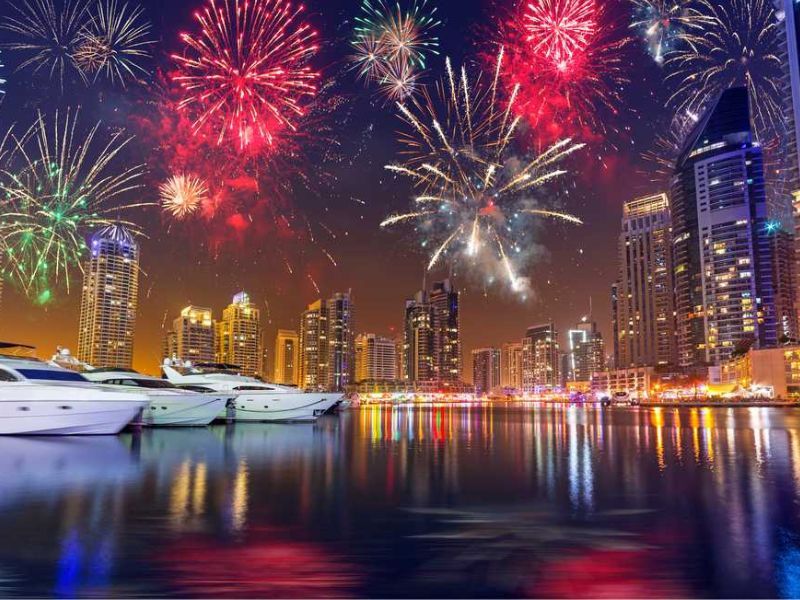Dublin has numerous tourist attractions that it's occasionally hard to determine what to see.
As one of Europe's most traditionally important cities, Ireland's resources load enough art, culture, and character to fill a month-long travel plan and still leave you desiring much more. Dublin maintains a sectarian feeling that never falls short of charming visitors despite its wide range and variety. And also, the city's practically entirely walkable. Although there are hundreds of spaces and crannies to explore in the city, these are the 15 you can not miss out on.
15. Guinness Storehouse

Dublin's most preferred tourist destination is an interactive, seven-storey framework that showcases the history and procedure behind Ireland's most renowned export. To discover the place, publication this Trademark Plan Trip, which allows you to miss the line-up. The excursion also consists of a present memento box including a Guinness Dublin glass and a fridge magnet showing a legendary Guinness advert. At the end of the tour, you get to enjoy a perfectly drawn pint at the Gravity Bar, which has panoramic sights over Dublin.
14. Ha'penny Bridge

When William Walsh's passenger ferryboats began to deteriorate, he saw the chance to appoint Dublin's first-ever pedestrian bridge. The Wellington Bridge opened in 1816, with authorities extracting a half-penny toll from anyone desiring to cross. This toll was decreased in 1919, yet the "ha' cent" name stuck. Created by the Coalbrookdale Shop in Shropshire, England, the bridge preserves around 85 per cent of its original ornamental ironwork. An excellent means to see the Ha' cent Bridge and the various other views along the Liffey is by a watercraft tour.
13. The Teeling Distillery
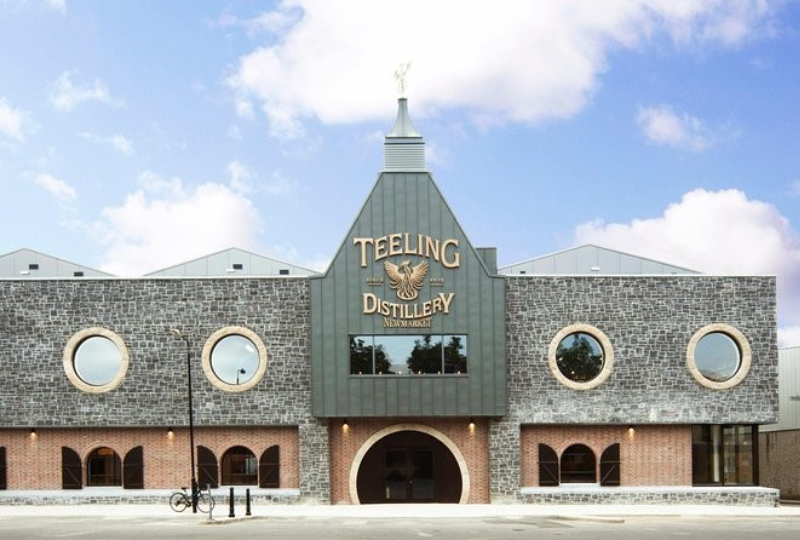
Irish bourbon was as soon as the world's most popular spirit-- even more preferred than scotch, also in Scotland. This altered when the Scots adopted the Coffey-still approach of manufacturing, increasing manufacturing tremendously. Restriction in the United States, the Anglo-Irish Trade Battle and the Great Anxiety complied with, and the market fell. Nonetheless, the restored interest rate in Irish scotch began in the 1990s, and Teelings Distillery opened up in 2015 as the first new distillery in Dublin in over 125 years. They led tours to include a tasting of 3 scotches or a handcrafted whiskey mixed drink.
12. The Silicon Docks

A combination of Georgian and modern style, Dublin Docklands is additionally referred to as 'Silicon Docks' due to the huge variety of technology firms making their residence below. Regardless, it's still filled with character and intriguing sights, consisting of the LEGENDARY The Irish Emigration Museum and the modern Waterways Ireland Site visitor Centre, passionately called 'The Box in the Docks'. This two-hour Segway trip of Dublin Docklands features an overview that will educate you on the location's history and style.
11. Howth
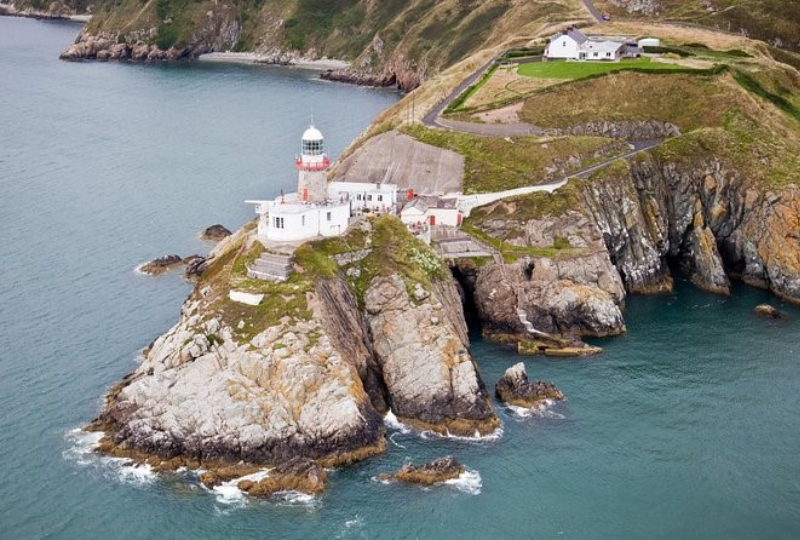
To taste the fresh sea air, head northeast to Howth, a preferred day-trip destination from Dublin. This ancient fishing town is teeming with quality fish and shellfish dining establishments, and there are many handicraft and vintage items to browse at Howth Market. Hikers and nature-lovers remain in good luck as seals, eagles, and guillemots show up from the area's lots of coastal trails. This tour avoids the clichéd scenic tour bus and instead takes in the historical sights and wildlife through a beautiful cliff-top walk.
10. Croke Park

Called after Archbishop Croke, one of the arena's first clients, Croke Park is Europe's third-largest stadium and the centre for Gaelic sporting activity in Ireland. This trip gives you the chance to try tossing and also Gaelic football in the interactive museum. You can also go to the team dressing areas, VIP area as well as the arena itself. For the particularly brave, the Ericsson Skyline tour takes you 17 storeys to a system suspended over the stadium for sights of the city past.
9. St Patrick's Cathedral

Legend has it that as based on this site, where Saint Patrick baptised people into Christianity. Today, baptisms still happen in St Patrick's Cathedral, created between 1220 as well as 1260. Archbishop Luke, the building's architect, was blind by its completion, so he tragically never saw his idea involved fulfilment. His tomb is below, in addition to a collection of his early works. Famous deans of the basilica include Jonathan Swift, author of Gulliver's Trips.
8. Abbey Theatre
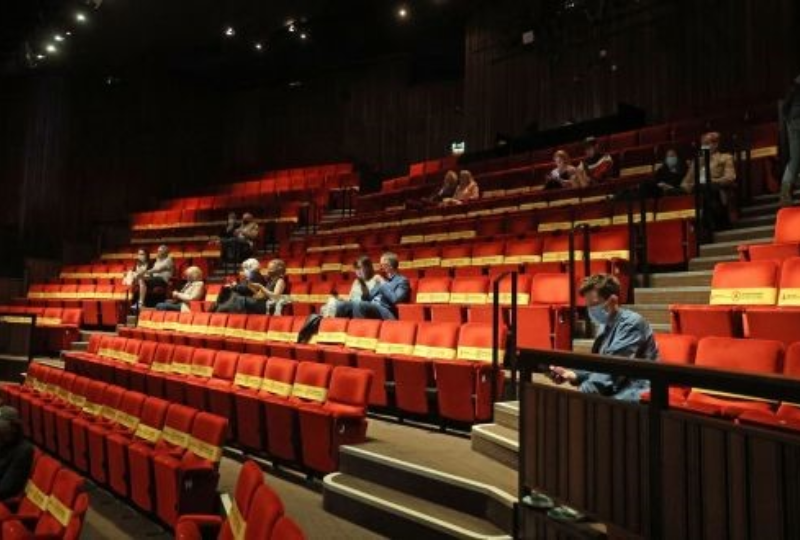
The Abbey's sophisticated programs frequently take on questionable topics, which is unusual for a national state theatre. WB Yeats and dramatist Lady Gregory opened the theatre in 1904, with the policy "to bring upon the stage the deeper feelings of Ireland". It did that. Abbey productions triggered riots in 1907 and also 1926. In the 2nd circumstance, Yeats jumped onto the stage to scold the target market. Points have cooled down these days, but you can still enjoy top-class Irish theatre or a backstage tour.
7. National Gallery of Ireland

Ireland's National Gallery opened up in 1864 and is now home to over 16,000 masterpieces, standing for major European institutions. Monet, Rembrandt, Turner and also Picasso can all be admired here. Hibernophiles (fans of Irish society) will undoubtedly like the jobs of Jack Butler Yeats, one of Ireland's most important 19th-century painters. Yeats was recognized for his charming representations of Irish urban as well as country life. One of his that hangs in the gallery is The Liffey Swim, a vibrant expressionist representation of Dublin's yearly sporting occasion. The Yeats Archive contains Yeats's sketchbooks and journals, in addition to works and artwork by various other participants of his talented family.
6. National Museum of Ireland

The National Museum of Ireland comprises four museums, consisting of one branch in Mayo instead of Dublin. The three Dublin structures are the Gallery of Archaeology, the Gallery of Attractive Arts & Background, and the Gallery of Nature (likewise referred to as the 'Dead Zoo' for its vast range of taxidermied pets). All are free to get in and have rich historical artefacts, costumes, zoological versions, and more. One point you can't miss out on is the collection of exquisite Irish metalwork in The Treasuryexhibit at the archaeology gallery.
5. Chester Beatty

American mining designer Sir Alfred Chester Beatty was a guy of tremendous wealth and preference, utilizing his fortune to gather uncommon objets d'art from worldwide. He left his collection to the Irish state upon his fatality and is currently housed in the Chester Beatty Library. You can expect to see Japanese paintings, Islamic manuscripts, Chinese snuff containers, and many more amazing artifacts. What's even more, entry is free, though contributions are always invited. The centre runs art-oriented workshops for children, teenagers and also adults-- check the website for information.
4. St Stephen's Green
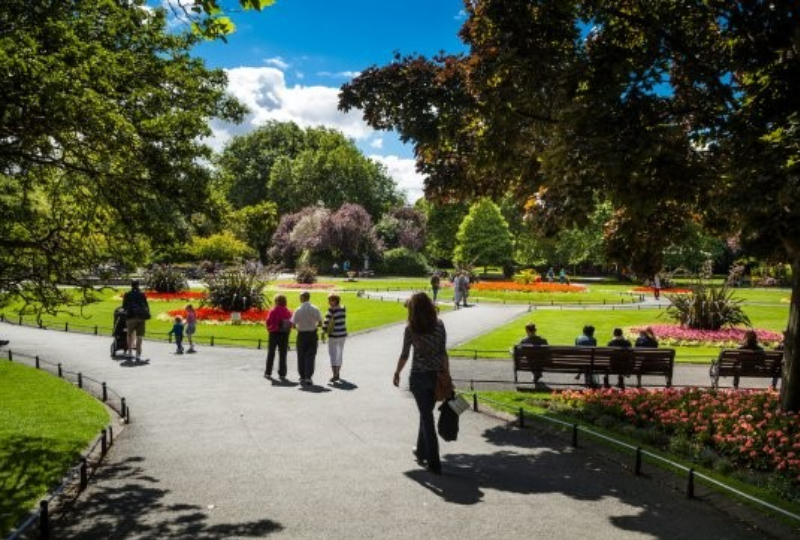
This fascinating metropolitan Park was once a marshy patch of land. After its conversion to a public park in 1663, St Stephen's Environment-friendly came to be a stylish area for high society to fulfil, take a stroll as well as enjoy a bit of gossip. The Park was gone back to exclusive landowners in 1814, an extensively out of favour, but in 1877, Sir Arthur Guinness (the politician, not the renowned brewer) bought the land and returned it to the people. His sculpture now stands in the Park, which retains a number of its original Victorian features. Take an outing and take pleasure in one of the lunchtime shows held throughout the summertime.
3. Irish Whiskey Museum, Grafton Street, Dublin

The one-hour trips of this Grafton Street gallery are a satisfying, interactive romp with the history of Irish whiskey. Engaging guides illuminate the Irish individuals' dangerous initial attempts at distilling and discuss the fluctuation of the bourbon sector in a faithfully recreated Irish bar—tours completed with a sampling that will enlighten newbies and experts alike. Tongue-in-cheek jokes are a hallmark, and Scottish visitors can anticipate being good-naturedly teased concerning their "inferior" product. If you wish to take your experience to the next degree, pair your trip with a whiskey-blending course.
2. Phoenix Park

The largest metropolitan Park of any European capital, Phoenix metro Park, extends over seven square kilometres (2.7 square miles). Within that space is the acclaimed Dublin Zoo. Developed in 1831, it is just one of the earliest zoos worldwide. The President of Ireland also lives within the gates of the Park. His residence's free guided trips, Áras an Uachtaráin, are offered on Saturdays on a first-come, first-served basis. An excellent method to navigate the Park is hiring a bike from the stand at Heuston Station (register with Dublinbikes first). If you're lucky, you might also reach see several of the Park's native deer.
1. National Concert Hall

Regardless of the remarkable facade, this opera house provides perhaps the best value tickets in town. Several high-grade shows performed below cost around EUR10 (₤ 9). This hall is the executing residence for the state-funded RTÉ National Symphony Orchestra and Performance Band, which thrill the audience several times each week with crowd-pleasers such as Ravel's Boléro and John Williams movie ratings. Given that 1865, the building has been many things, consisting of an exhibition place and a university. The current hall opened its doors in 1981, devoted exclusively to songs for the first time. And what a hall-- with acoustics this great, it matters not where you sit.
